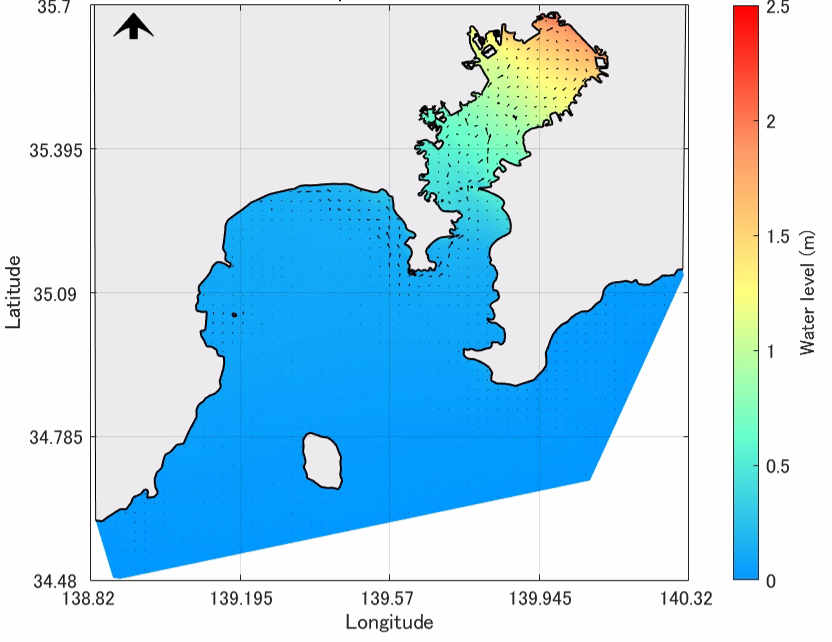🌐
🌐

We are working to improve disaster prevention and mitigation by conducting laboratory experiments, field surveys, and numerical simulations to elucidate mechanisms and develop models and prediction methods for coastal disaster prevention against storm surges, tsunamis, and flood disasters. We conduct also research on high wind disaster prevention such as aerodynamic vibration of bridges and the evaluation of their impact on passing vehicles.
In Japan, typhoons and other powerful weather disturbances frequently cause strong wind and water disasters. Strong winds can topple steel towers, damage roofs and building exterior materials, and overturn trains and cars, while storm surges, tsunamis, and floods caused by typhoons can greatly threaten human lives and property, and disrupt socio-economic systems. The Water, Wind and Fire Hazards Research Unit aims to contribute to a safe and secure society by elucidating the mechanisms of these strong wind and water hazards, and by researching measures to control and reduce them.
・The research on coastal conservation and coastal environment conservation is continuously carried out.
・International joint research is also being conducted.
・In the area of high wind disaster prevention, research is focused on the safety of vehicles traveling on bridges during high winds.
articles)
・Laboratory modelling of vertical sediment mixing in the surf zone, Takayuki Suzuki, Kiichi Tajima, Ravindra Jayaratne, Coastal Engineering Journal,2022.11.
・Sediment Size Effect on the Landward Coastal Structure Scour Prediction due to Tsunami, Mustarakh GELFI, Takayuki SUZUKI and Ravindra JAYARATNE, Journal of JSCE, Ser. B2 (Coastal Eng.) 78 ( 2 ) I_469 - I_474,2022.11.
・A novel coupled finite element method for hydroelastic analysis of FG-CNTRC floating plates under moving loads, Vu X. Nguyen, Qui X. Lieu, Tuan A. Le, Thao D. Nguyen, Takayuki Suzuki, Van Hai Luong, Steel and Composite Structures 42 ( 2 ) 243 - 256, 2022.1.